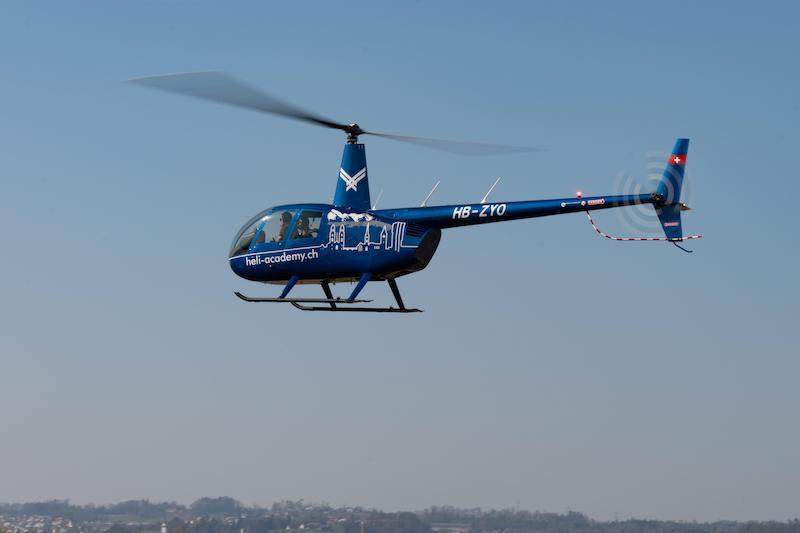
Robinson says it delivered 142 R44s in 2022.
Credit: Robert Büchel / Alamy Stock Photo
ATLANTA—Robinson Helicopters aims to steady annual production of its light helicopter family at around 300 aircraft as it continues to see a rebound in deliveries for the third year in a row. For 2022, the California-based manufacturer saw 258 deliveries compared to 244 in 2021 and 177 in 2020. “A...
Subscription Required
This content requires a subscription to one of the Aviation Week Intelligence Network (AWIN) bundles.
Schedule a demo today to find out how you can access this content and similar content related to your area of the global aviation industry.
Already an AWIN subscriber? Login
Did you know? Aviation Week has won top honors multiple times in the Jesse H. Neal National Business Journalism Awards, the business-to-business media equivalent of the Pulitzer Prizes.
